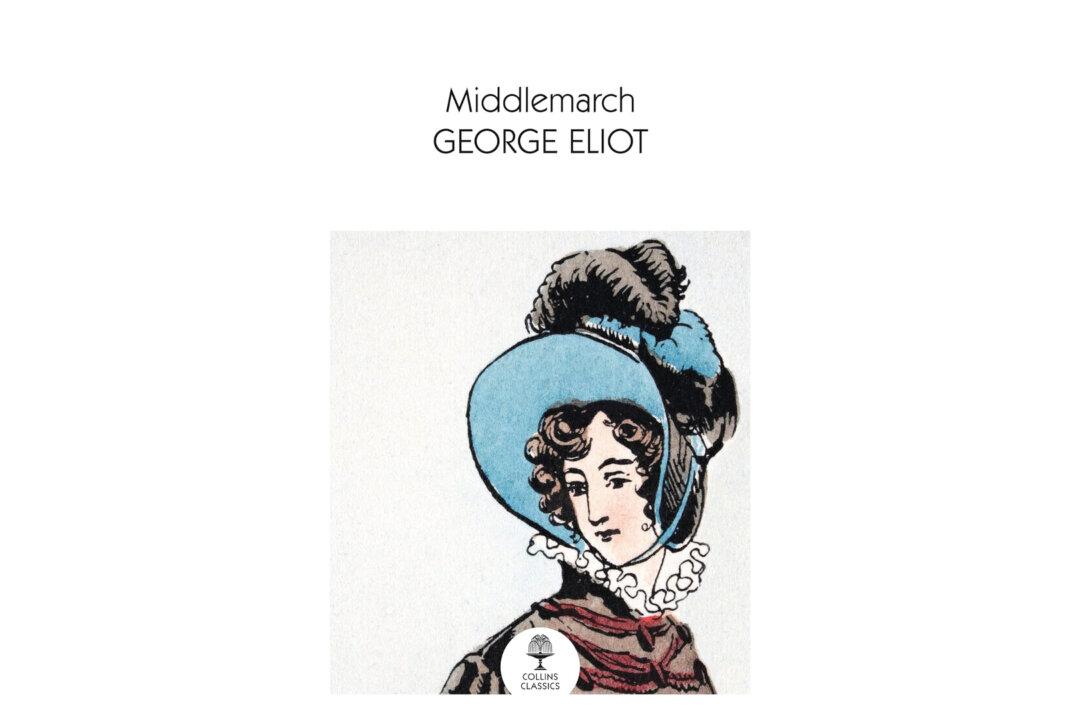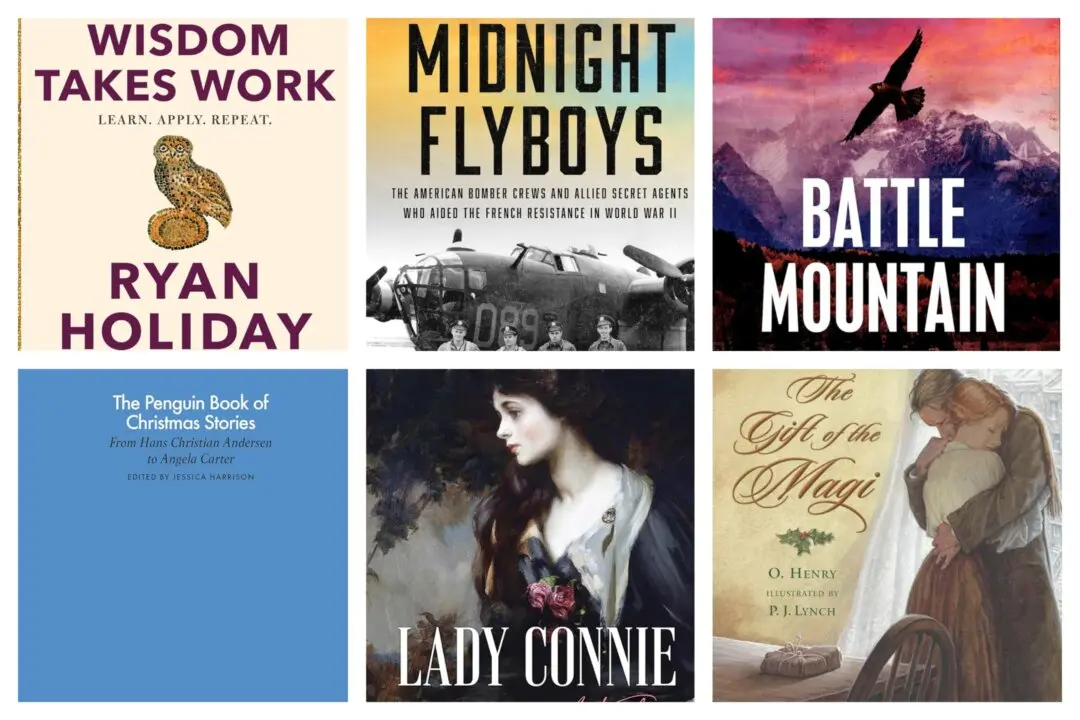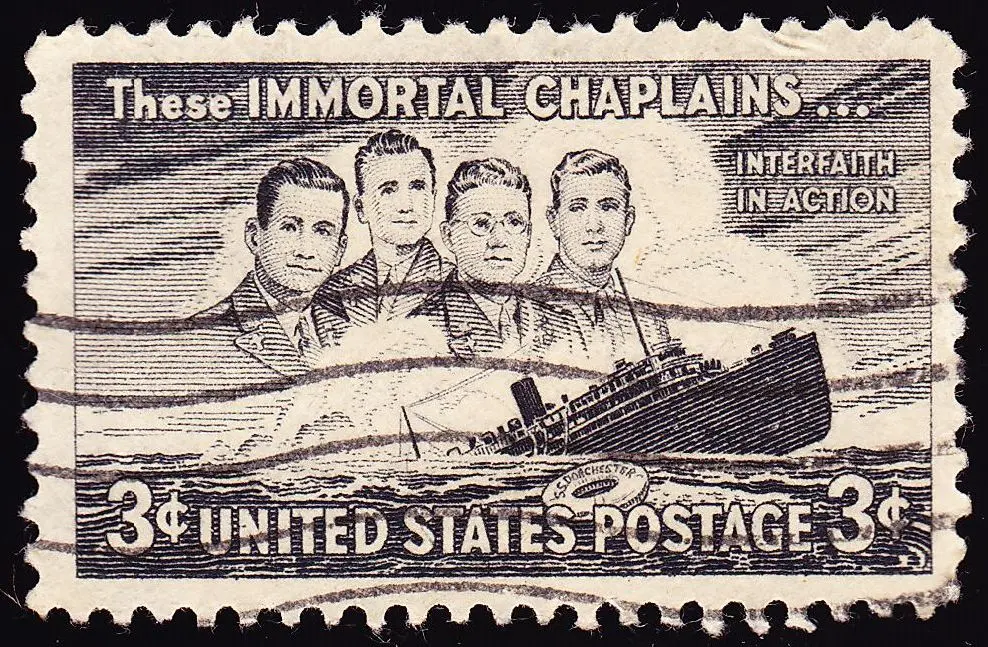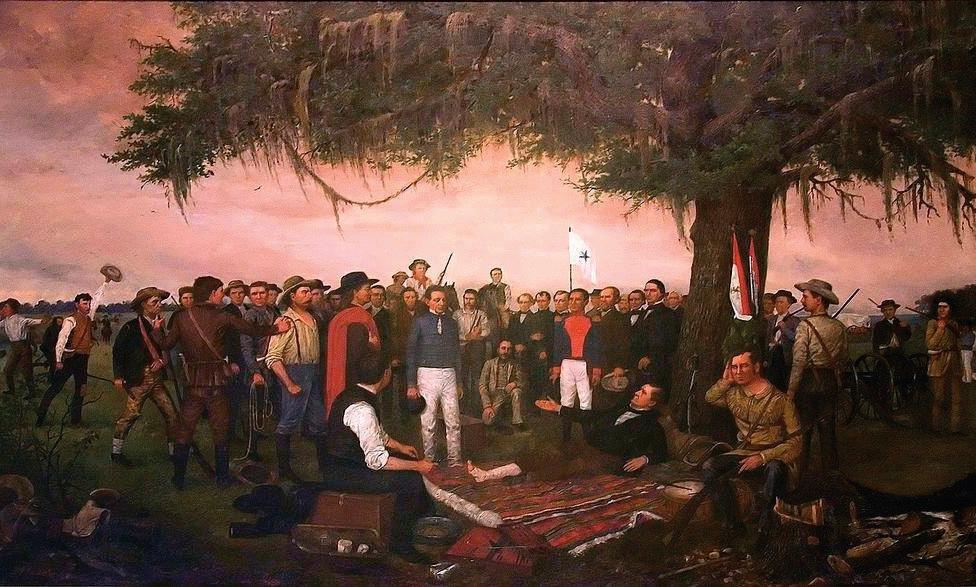Sometimes a man’s gotta do what a man’s gotta do.
That idiom brings to mind some of the old Hollywood Westerns: John Wayne as the obsessed ex-soldier tracking down his abducted niece in “The Searchers,” Gary Cooper as the sheriff facing a gang of killers in “High Noon,” and Clint Eastwood as the renegade Confederate soldier in “The Outlaw Josey Wales.” All these guys load up their six-guns, mount their horses, or fight a battle alone in a street. They all face danger and death. My “gotta do” was a bit more pedestrian.






